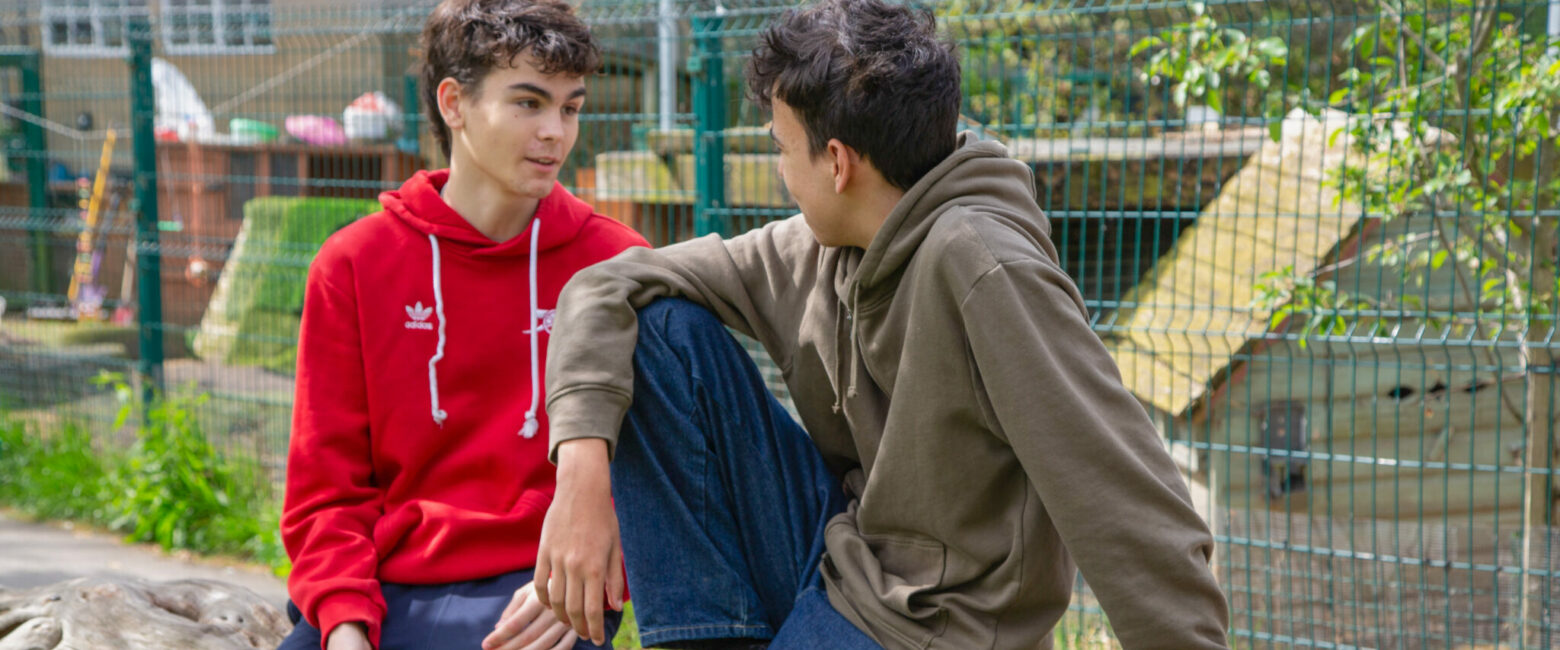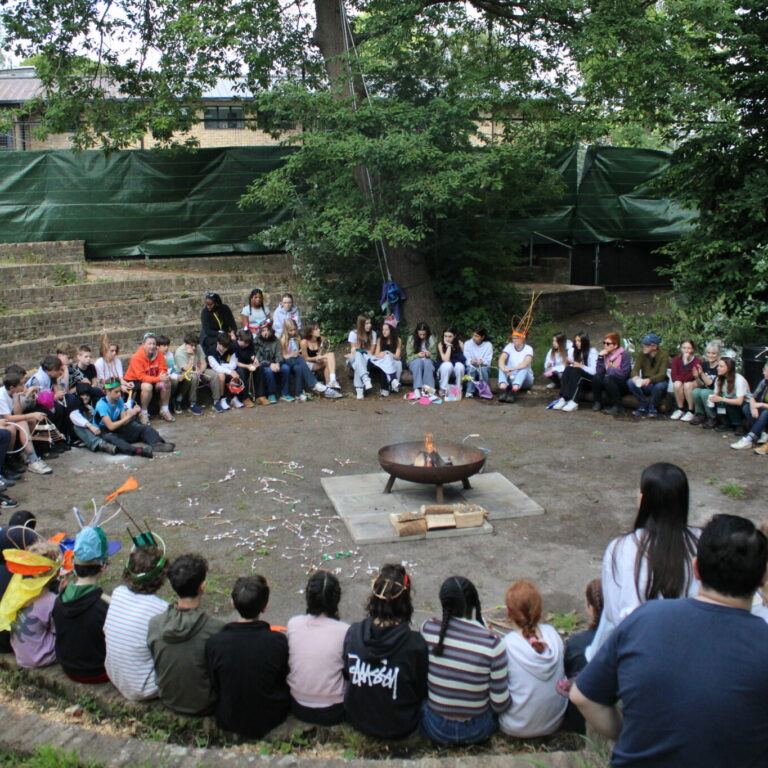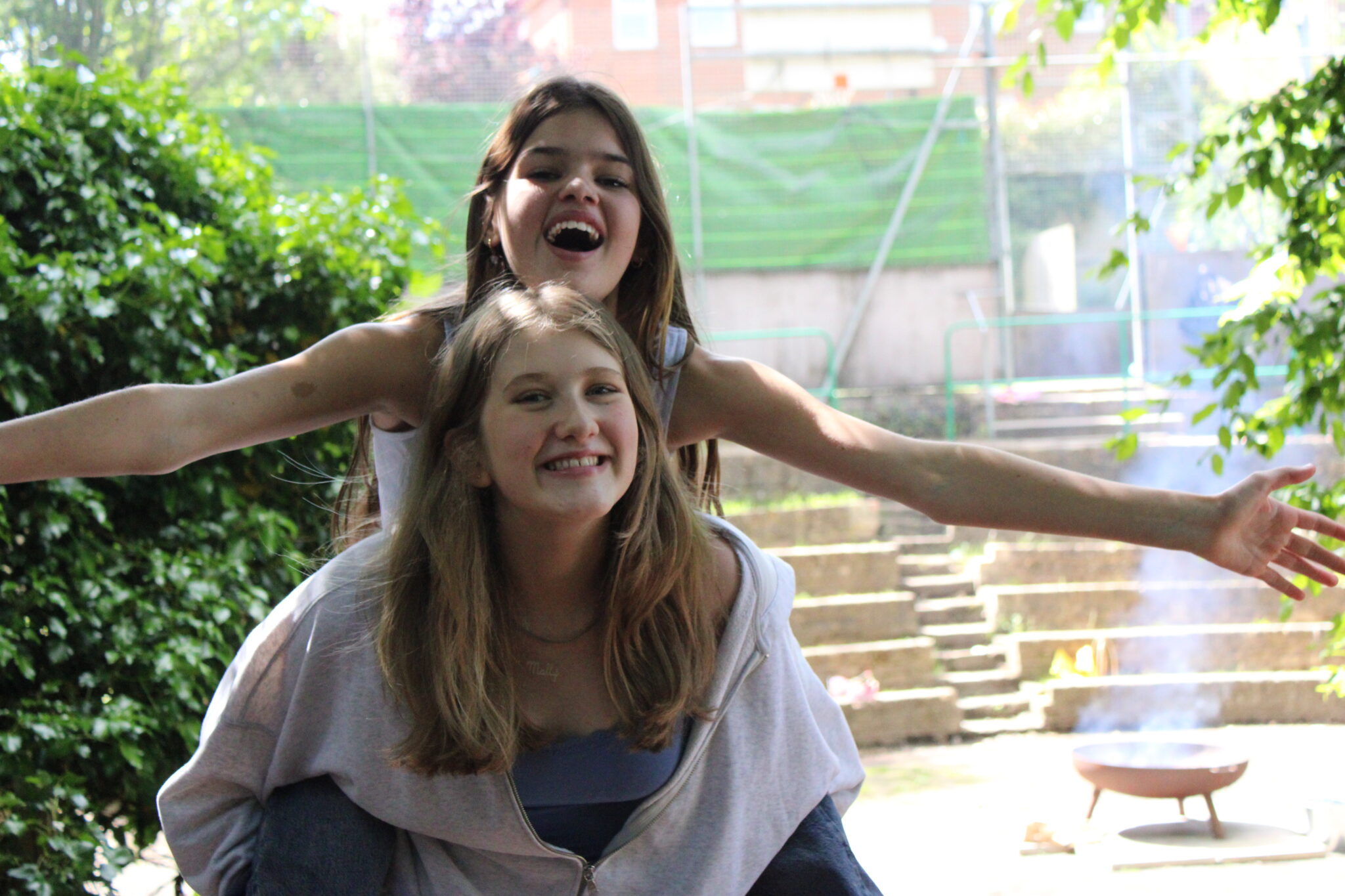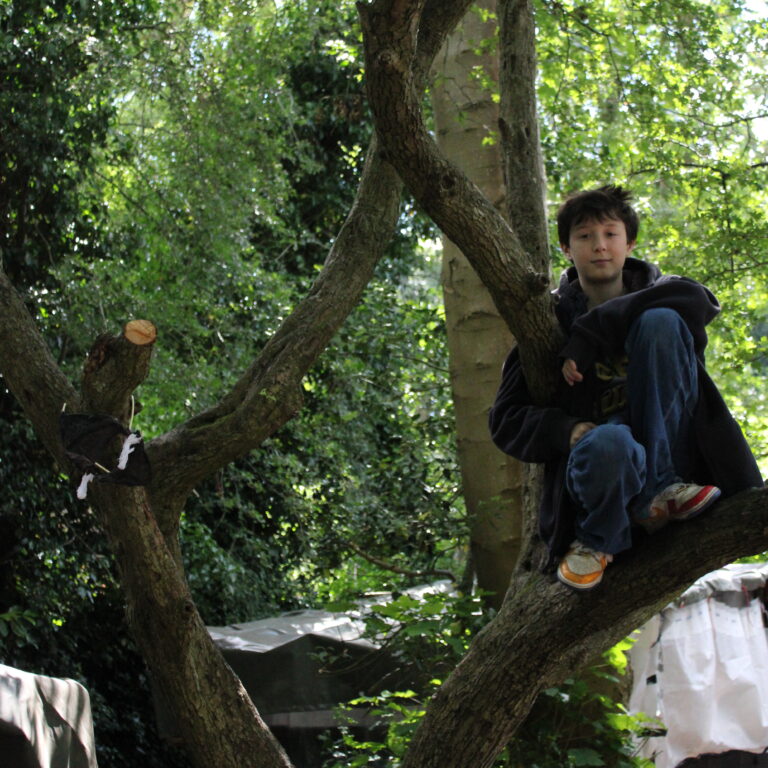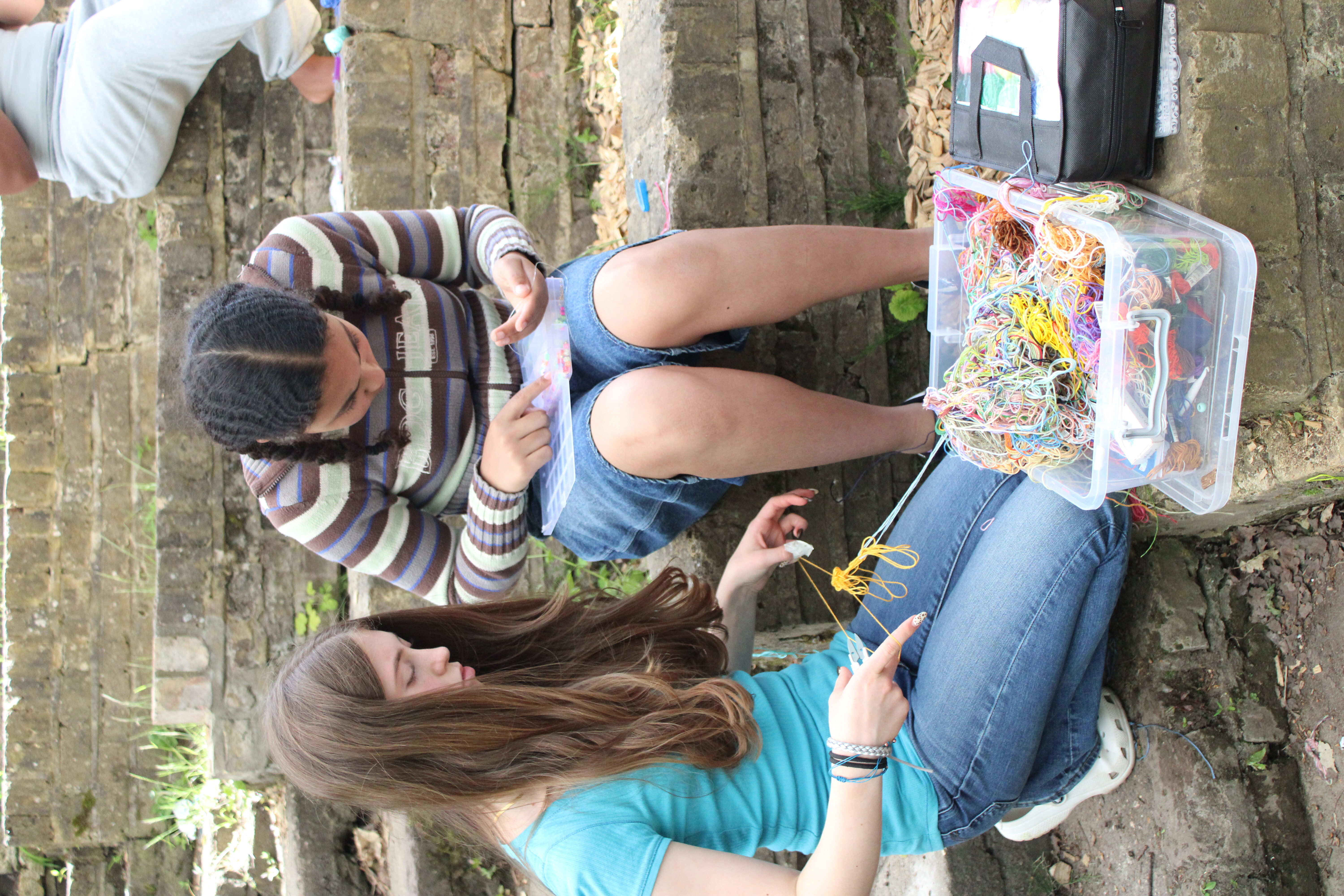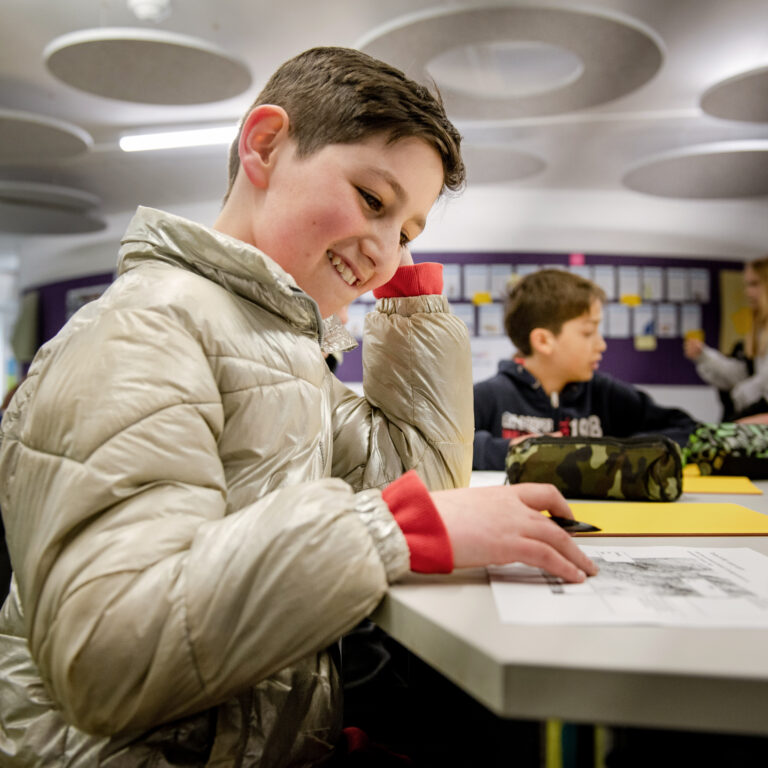The Village Project
The Village is an experiential project. Since its beginnings, in 1990, it has been a place where students and staff explore the skills, knowledge, aptitudes and mindset needed to function effectively as a community. Because the Village is, in a sense, about practising adult life, it is also seen as a coming of age project.
It involves the whole of Year 8 (50 students aged 12-13) building a village of about 12 huts in a small wooded area within the school grounds. Part of the site includes a communal area where everyone can gather.
Students live in the village, cook their own food on open fires, organise their own governance, take part in activities and sleep in their huts for a whole week. During this time they are completely cut off from the rest of the world. There are no phones, no tablets, no laptops. The Village staff, a core of six teachers, sleep in their own encampment outside the Village, and their main role during the day is to act as facilitators.
Centres of activity, where villagers meet to work and talk include a forge, a bushcraft workshop, and an area of ancient technologies. Teachers, storytellers, artists, and musicians visit the Village and run workshops.
Every day there are two Village meetings, bringing everyone together, one of which is run by the students without staff present. The few rules there are provide a structure, within which the students can feel safe since for most of the time they have a considerable amount of freedom.
Over the years, Village aims have remained remarkably steady: to provide conditions for creativity; enable students to explore independent learning and come to a better understanding of themselves as learners; build a community and develop a sense of personal responsibility within it; learn something about thedemocratic process in practice and recognise the role of conflict; build personal resilience; and generally become more self sufficient.
It is hoped that the Village provides students with some kind of reference point for their understanding of their place in the world.
Finally, the Village is a place for staff to experiment with and explore educational ideas, gaining insights into their role in student learning and questioning the teacher/student relationship. The one thing about the Village that students talk about most is their relationship with the staff, in which conventions are challenged and students feel they are treated equally and more like adults. When the Village is really working for them, what seems to be important is the complete freedom they have to choose when they learn, what they learn, and how they learn.
The job of the staff is to ensure that what is on offer each morning and afternoon is relevant, engaging, sufficiently challenging, and allows students to take charge of their learning; this includes months of groundwork with the students as they are prepared for the event.
The Village is not always easy but, at its best, it is a place for fascination, excitement, fun, new friendships and joy.
As part of our work with Big Education’s Next Big 10 project we created this film which shows The Village in action as well as looking at the wider benefits of the experience and how other schools can take the principles of The Village and apply them to learning experiences for students:
Stephen de Brett, the founder of The Village Project (and still very much involved in it today), has written this beautiful chapter describing a typical day in The Village.


